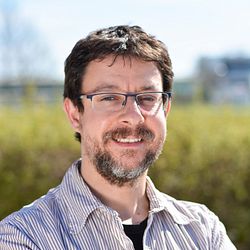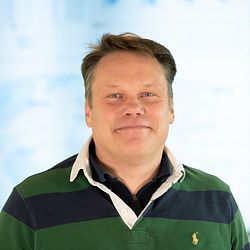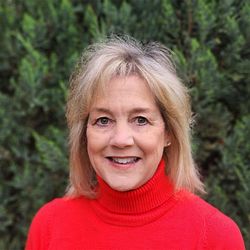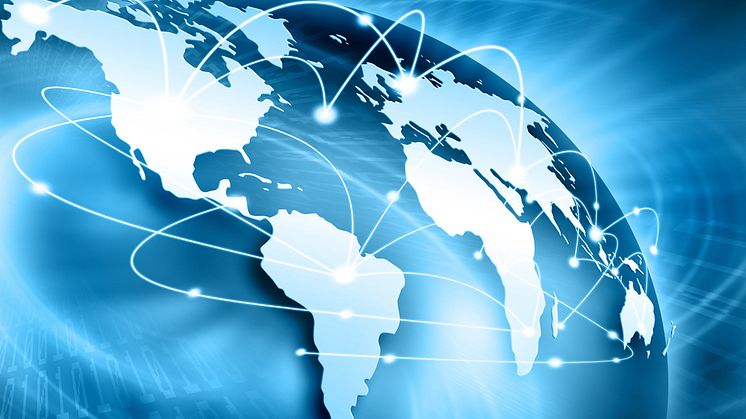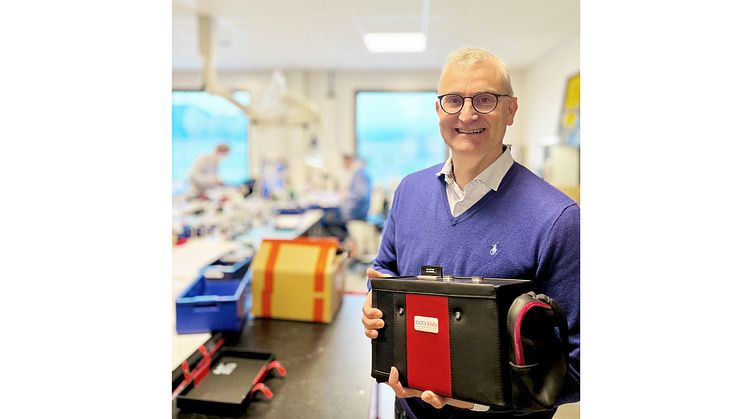
News -
Radonova Strengthens Its Team with Physicist and Measurement Expert – Jens Jensen Joins the Company
Radonova Laboratories has recruited Jens Jensen, an experienced physicist and radon expert with a background at the Swedish Radiation Safety Authority (SSM) and several universities in Sweden and abroad. With his expertise in measurement technology, quality assurance, and research, Jens will help further strengthen Radonova’s global offering in radon measurement and analysis.
Here, Jens Jensen shares more about his background, what motivates him, and his perspective on the future of radon work.
Can you briefly tell us about your background?
I most recently worked at the Swedish Radiation Safety Authority, where I was a physicist and measurement expert at the radon laboratory. My responsibilities included calibrations, exposures, and providing expert support in radon measurement technology. Prior to that, I had an academic career – I earned my PhD in physics from the University of Southern Denmark, with parts of my research conducted in Paris. After moving to Sweden, I worked as a researcher and university lecturer at several Swedish universities.
What made you take the step to join Radonova?
I was looking for new challenges and had been in contact with Radonova for many years through my previous role. It’s a company at the forefront of measurement technology and quality assurance – areas that have always interested me. The fact that Radonova is also an accredited laboratory with a global reach made the decision easy. And being able to bike to work is a big plus.
What makes working with radon especially interesting to you?
I enjoy measurement technology, data analysis, and understanding the engineering behind the instruments. There's a lot happening in this field, especially with new sensors and IoT solutions. One important trend is integrating radon measurement into regular property maintenance, not just as a one-off during construction or property sales. That’s a smart way to reduce health risks over time.
What’s your broader view on the issue of radon?
Radon is an invisible risk that causes a significant share of global lung cancer cases. Yet many people are still unaware of the problem. That’s why we need more measurements and better access to reliable technology. Radonova can play a key role here – particularly by developing smart, connected solutions.
Is there any particular challenge you'd like to highlight?
Awareness remains a challenge – many people don’t even know they’re being exposed to radon. At the same time, it’s exciting to help drive technological development. One clear goal for me is to explore how Radonova can expand its calibration services.
What has your experience at Radonova been like so far?
Very positive. It’s a flat organization with clear goals and strong commitment. There’s a culture of trust and responsibility, and a real ambition to grow internationally. It’s inspiring to be part of that journey. It also feels meaningful to work for a company where I can develop personally while helping to reduce radon exposure – a mission that truly saves lives.
